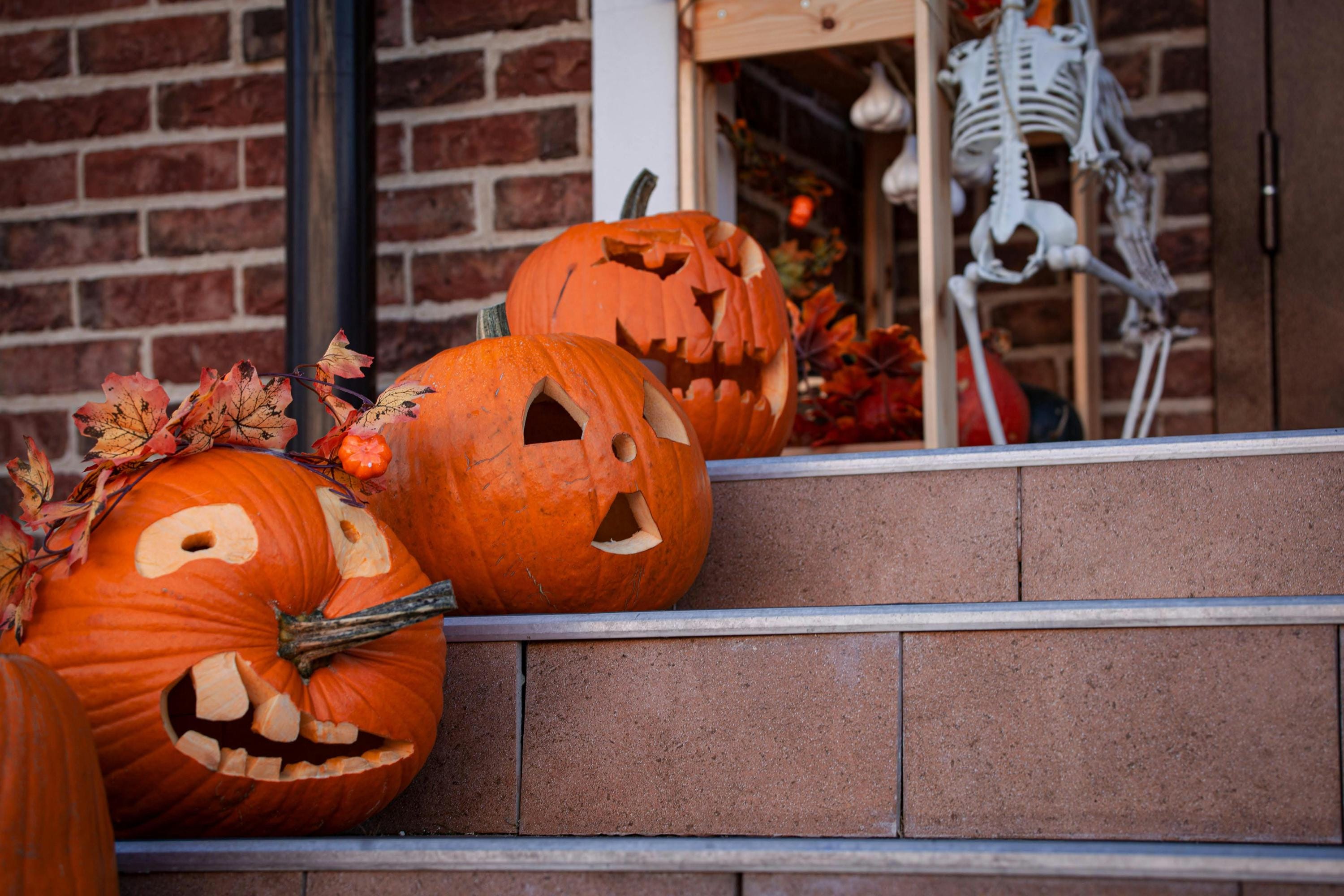The modern image of Halloween is a flurry of synthetic costumes, carving pumpkins, and chasing down the best candy haul. But this annual celebration of the spooky and the strange has roots that stretch back over two thousand years, originating not in fun-sized chocolate bars, but in the serious, chilling rituals of an ancient Celtic harvest festival.
The Original Darkness: Samhain
The history of Halloween begins with the Celts, who lived across what is now Ireland, the United Kingdom, and Northern France. Their new year was celebrated on November 1st, marking the end of summer and the harvest, and the beginning of the dark, cold winter—a time often associated with death. The night before the New Year, October 31st, was known as Samhain (pronounced sow-in). It was believed that on this evening, the veil between the world of the living and the world of the dead thinned, allowing spirits to cross over. To commemorate the event, the Celts built huge, sacred bonfires, where they burned crops and animals as sacrifices to their deities. They also wore costumes, typically made of animal skins and heads, primarily to disguise themselves and confuse any roaming, malevolent spirits.
Merging Traditions: Roman and Christian Influence
As the Roman Empire expanded into Celtic territories, Samhain merged with Roman festivals. Two key Roman holidays included Feralia (a day to commemorate the passing of the dead) and a day to honor Pomona, the Roman goddess of fruit and trees—the source of the classic apple bobbing game.Later, in the 8th century, Pope Gregory IV designated November 1st as a time to honor all Christian saints, establishing All Saints’ Day (or All-hallows). All Souls’ Day, celebrated on November 2nd, was a time to remember the faithful departed. This created three interconnected observances: All-hallows' Eve (October 31st), All Saints' Day, and All Souls' Day. The night before, "All-hallows' Eve," slowly evolved into the name we know today: Halloween.
A New World, A New Holiday
In Colonial America, the strict Protestant beliefs of the New England settlers initially restricted the observance of such traditions. However, the holiday began to take hold in the mid-19th century with the mass immigration of Irish and Scottish people. They brought with them their own versions of Samhain and All-hallows' Eve traditions, including ghost stories, mischief-making, and fortune-telling games.By the early 20th century, Halloween celebrations had become highly commercialized and community-centered. Community leaders and parents actively worked to eliminate the rampant vandalism and pranks associated with the holiday, transforming it into a child-centric event focused on parties, games, and, most importantly, the systematic door-to-door solicitation of treats: Trick-or-Treating.From the flickering bonfires of ancient Ireland to the glow of a modern jack-o'-lantern, Halloween has continually adapted. It stands today as a unique holiday—a playful, costumed echo of a deeply serious past where people gathered at the border between light and darkness to confront the mystery of the season.
